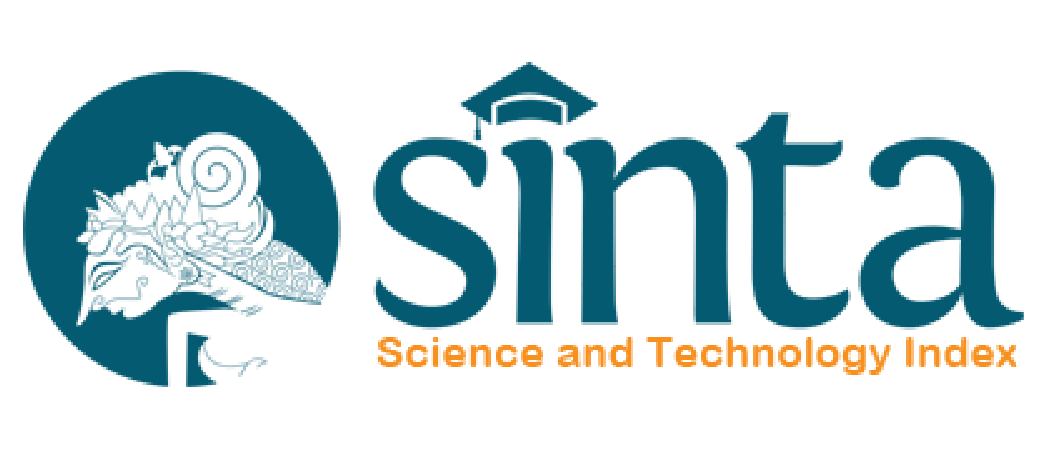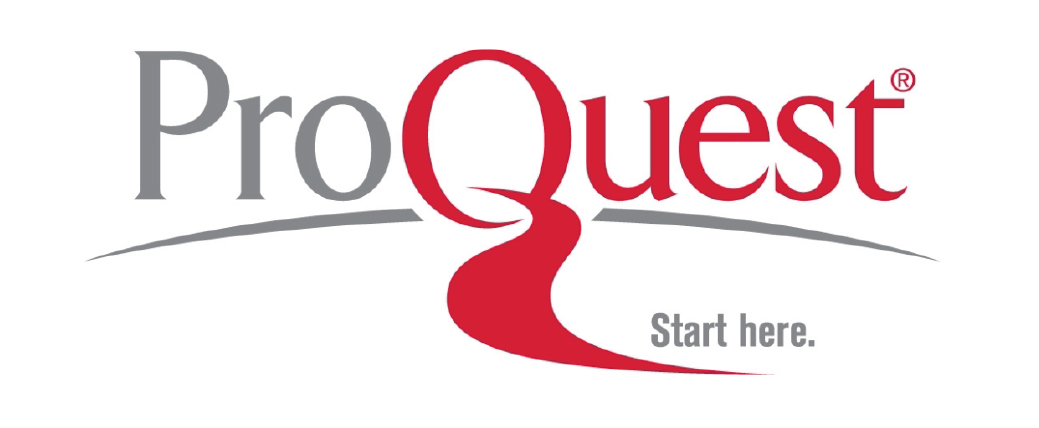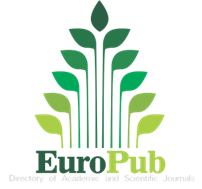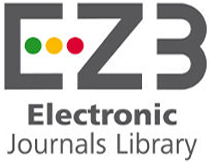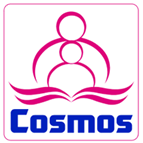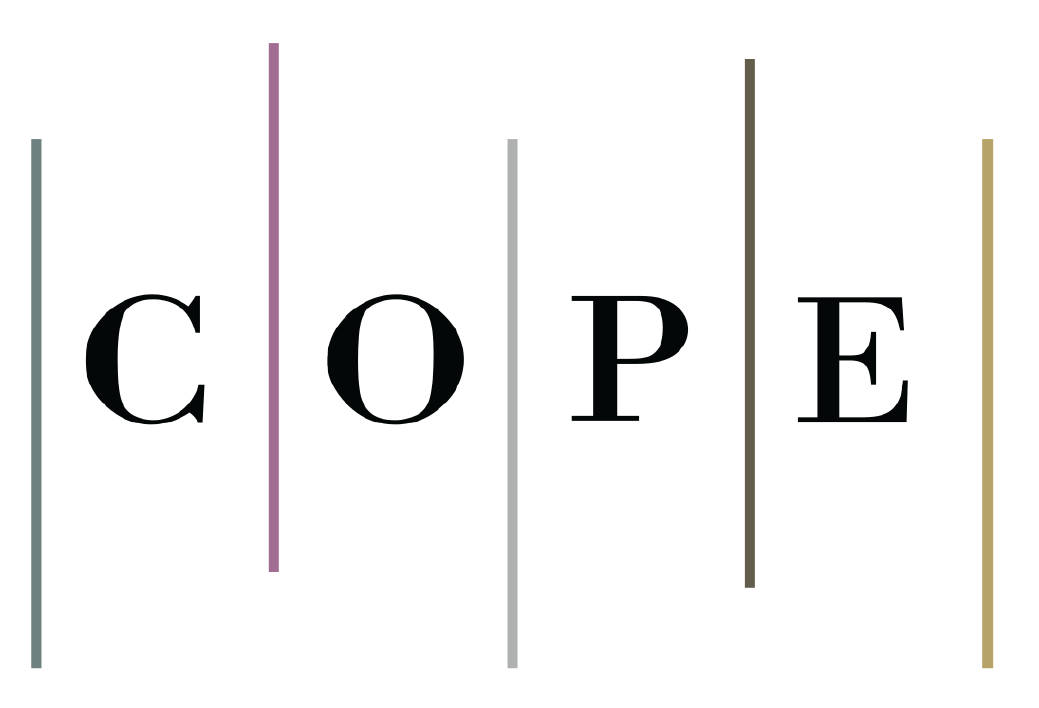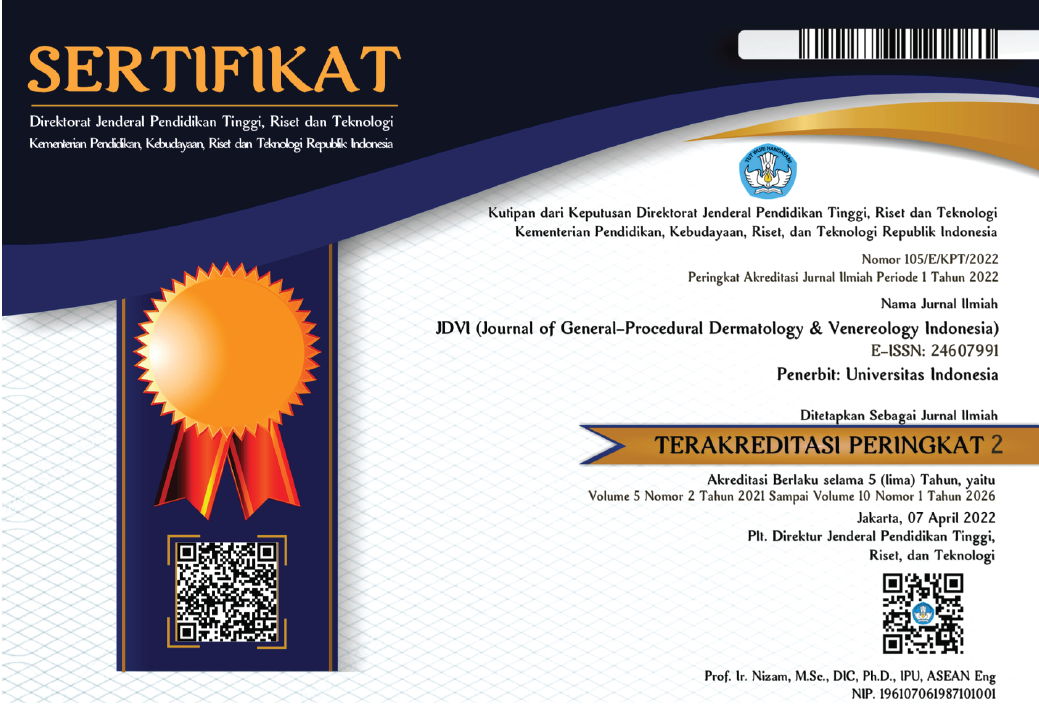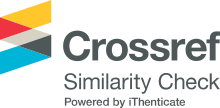Abstract
Background: Epidemiological data on occupational hand eczema in Indonesia is still limited, partly because there are no valid and reliable instruments in the Indonesian language as a means of survey. This study aims to translate the Nordic Occupational Skin Questionnaire 2002 (NOSQ-2002) into the Indonesian language and assess the validity and reliability of the Indonesian NOSQ-2002 as an instrument for epidemiological surveys and screening of occupational hand eczema.
Methods: The original English version of NOSQ-2002 was translated into the Indonesian language following the standard procedure of translation. The Indonesian NOSQ-2002 version, which had been collectively approved, was subsequently completed by a group of 194 textile employees from PT. Panca Persada Mulia-PANDATEX in Magelang, Central Java, Indonesia. Validity was assessed using Pearson correlation for each question with the total score. Reliability was evaluated using Cronbach's alpha values. The sensitivity and specificity of the Indonesian NOSQ-2002 screening were determined by comparing results with those of examination by the examining physician as the gold standard.
Results: Pearson correlation values for each question range from 0.252 to 0.905, all surpassing the r table value, indicating questions in NOSQ-2002 are valid. Reliability NOSQ-2002 rated good (reliable), with a Cronbach's alpha of 0.933. The Indonesian NOSQ-2002 version demonstrates a sensitivity of 93.3% and specificity of 98.8% for screening occupational hand eczema.
Conclusion: The Indonesian version of NOSQ-2002 is a valid and reliable instrument for use in epidemiological surveys and screening of occupational hand eczema.
References
- Rodil-Marzábal Ó, Gómez Pérez AL, Campos-Romero H. The global textile and apparel value chain: From Mexico–US–China linkages to a global approach. Economies. 2022;10(10):1–18.
- Waluyo D. Breaking market barriers for textile products [Internet]. Portal Informasi Indonesia; 2024 [cited 2024 Aug 15]. Available from: https://indonesia.go.id/kategori/editorial/8284/breaking-market-barriers-for-textile-products?lang=2
- Dogbla L, Gouvenelle C, Thorin F, et al. Occupational risk factors by sectors: An observational study of 20,000 workers. Int J Environ Res Public Health. 2023;20(4): 1–16.
- Jacobsen G, Rasmussen K, Bregnhøj A, Isaksson M, Diepgen TL, Carstensen O. Causes of irritant contact dermatitis after occupational skin exposure: A systematic review. Int Arch Occup Environ Health. 2022;95(1):35–65.
- Diepgen TL, Andersen KE, Chosidow O, et al. Guidelines for diagnosis, prevention and treatment of hand eczema – short version. J Dtsch Dermatol Ges. 2015;13(1):77–84.
- Russo JP, Alfonso JH, Nardelli A. Work-related and occupational hand eczema (OHE), diagnosis and treatment. In: Giménez-Arnau AM, Maibach HI, editors. Handbook of occupational dermatoses [Internet]. Cham: Springer International Publishing; 2023 [cited 2024 Aug 22]. p.115–25. Available from: https://link.springer.com/10.1007/978-3-031-22727-1_10
- White JML. Occupational dermatology. In: Rook’s textbook of dermatology [Internet]. New Jersey: John Wiley & Sons, Ltd; 2024 [cited 2024 Aug 13]. p.1–22. Available from: https://onlinelibrary.wiley.com/doi/abs/10.1002/9781119709268.rook128
- National Institute for Occupational Safety and Health (NIOSH). Skin exposures and effects [Internet]. 2022 [cited 2024 Aug 21]. Available from: https://www.cdc.gov/niosh/topics/skin/default.html
- DeKoven JG, DeKoven BM, Warshaw EM, et al. Occupational contact dermatitis: Retrospective analysis of North American contact dermatitis group data, 2001 to 2016. J Am Acad Dermatol. 2022;86(4):782–90.
- Heras-Mendoza F, Gómez LCS. Occupational and work-related dermatosis: Definition and classification. In: Giménez-Arnau AM, Maibach HI, editors. Handbook of occupational dermatoses [Internet]. Cham: Springer International Publishing; 2023 [cited 2024 Aug 22]. p.1–12. Available from: https://link.springer.com/10.1007/978-3-031-22727-1_1
- Agner T, Elsner P. Hand eczema: epidemiology, prognosis and prevention. J Eur Acad Dermatol Venereol. 2020;34(S1):4–12.
- Pacheco KA. Occupational dermatitis. Ann Allergy Asthma Immunol. 2018;120(6):583–91.
- Karagounis TK, Cohen DE. Occupational hand dermatitis. Curr Allergy Asthma Rep. 2023;23(4):201–12.
- Srinivas C, Sethy M. Occupational dermatoses. Indian Dermatol Online J. 2023;14(1):21–31.
- Susitaival P. Questionnaire methods in occupational skin disease epidemiology. In: John SM, Johansen JD, Rustemeyer T, Elsner P, Maibach HI, editors. Kanerva’s occupational dermatology [Internet]. Cham: Springer International Publishing; 2020 [cited 2024 Jul 9]. p.1273–7. Available from: https://doi.org/10.1007/978-3-319-68617-2_81
- Chiesi A, Pellacani G, Di Rico R, et al. Italian translation and validation of the Nordic Occupational Skin Questionnaire (NOSQ-2002). Med Lav. 2016;107(3):205–12.
- Zhang D, Zhang J, Sun S, Gao M, Tong A. Prevalence and risk factors of hand eczema in hospital‐based nurses in northern China. Australas J Dermatol. 2018;59(3):e194–7.
- Sedeh FB, Michaelsdóttir TE, Christensen KB, Mortensen OS, Jemec GBE, Ibler KS. Prevalence and risk factors for hand eczema among professional hospital cleaners in Denmark: A cross‐sectional questionnaire‐based study. Contact Dermatitis. 2023;89(4):241–9.
- Van der Meer EWC, Boot CRL, van der Gulden JWJ, et al. Hands4U: The effects of a multifaceted implementation strategy on hand eczema prevalence in a healthcare setting. Results of a randomized controlled trial. Contact Dermatitis. 2015;72(5):312–24.
- Motamed-Rezaei O, Sharif-Zadeh G, Rajabipour H, Jahani F, Lotfi H. Hand dermatitis among health care workers during the COVID-19 pandemic: Prevalence, and risk factors. Archiv Occup Health. 2022;1–12.
- Cohen L, Manion L, Morrison K. Validity and reliability. In: Cohen L, Manion L, Morrison K, editors. Research methods in education. 8th ed. London: Routledge; 2017. p.245–84.
- Bonett DG, Wright TA. Cronbach’s alpha reliability: Interval estimation, hypothesis testing, and sample size planning. J Organ Behav. 2015;36(1):3–15.
- Bolarinwa OA. Principles and methods of validity and reliability testing of questionnaires used in social and health science research. Niger Postgrad Med J. 2015;22(4):195–201.
- Taber KS. The use of Cronbach’s alpha when developing and reporting research instruments in science education. Res Sci Educ. 2018;48(6):1273–96.
- Martí-Margarit A, Manresa JM, Herdman M, et al. Valid screening questions useful to diagnose hand and forearm eczema are available in the Spanish language, a new tool for global research. Eur J Dermatol. 2015;25(2):145–55.
- Rahman NAA, Roze AM, Razali A, et al. Validation of Malay-adapted Nordic Occupational Skin Questionnaire (NOSQ-2002/SHORT) as a reliable and specific screening tool for occupational skin diseases. International Journal of Allied Health Sciences. 2023;7(5):528–40.
Recommended Citation
Paramita, Listya; Waskito, Fajar; Prawiratama, Dikky; Indrastuti, Niken; Rayinda, Tuntas; and Febriana, Sri Awalia
(2025)
"Validity and Reliability of the Indonesian Version of Nordic Occupational Skin Questionnaire 2002 (NOSQ-2002),"
Journal of General - Procedural Dermatology and Venereology Indonesia: Vol. 9:
Iss.
1, Article 2.
DOI: 10.7454/jdvi.v9i1.1203
Available at:
https://scholarhub.ui.ac.id/jdvi/vol9/iss1/2
Supplemental File
Included in
Dermatology Commons, Integumentary System Commons, Skin and Connective Tissue Diseases Commons



